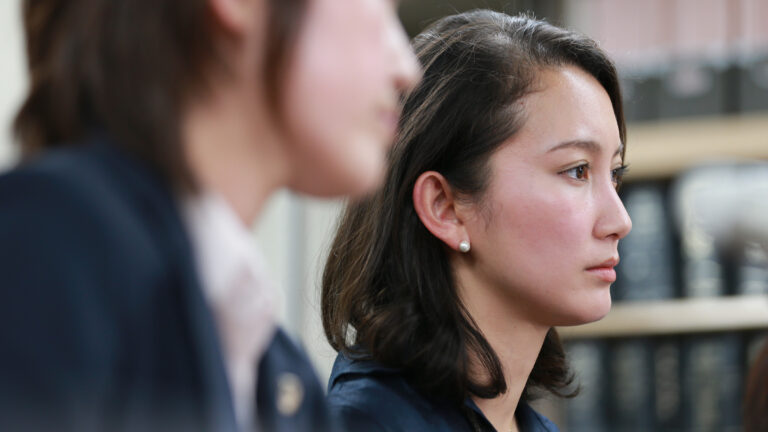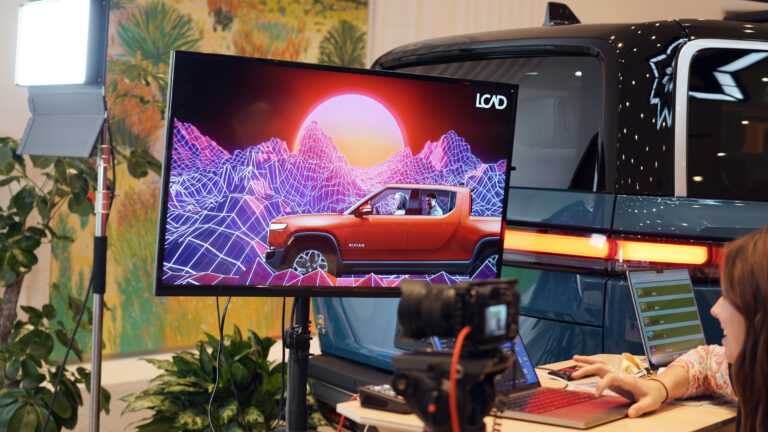Great American acting families aren’t just born that way. It takes time and inspiration to nurture the desire and hone the craft, even if your last name is Fonda or Coppola, or, in the case of this installment of Made in Frame, Bridges.
Today, we’re taking an in-depth, behind-the-scenes look at how the next generation of the Bridges family is making their mark in feature films—by using next-gen technology.
It’s also a case study of how the future of budget-friendly production makes it possible for anyone to create high quality content—no matter your last name or what family you were born into.
Bridging the generations
Most of you reading this will have seen Beau and Jeff in action. Together, perhaps most famously, in The Fabulous Baker Boys.
Separately, you might recognize Beau from his recent stint on Homeland, and Jeff as the iconic “The Dude” of The Big Lebowski. If you’re older, you might remember the patriarch of the Bridges family, Lloyd, who despite a forty-year career as a dramatic actor, might be best known today for his hilarious performance in Airplane, a comedy classic.
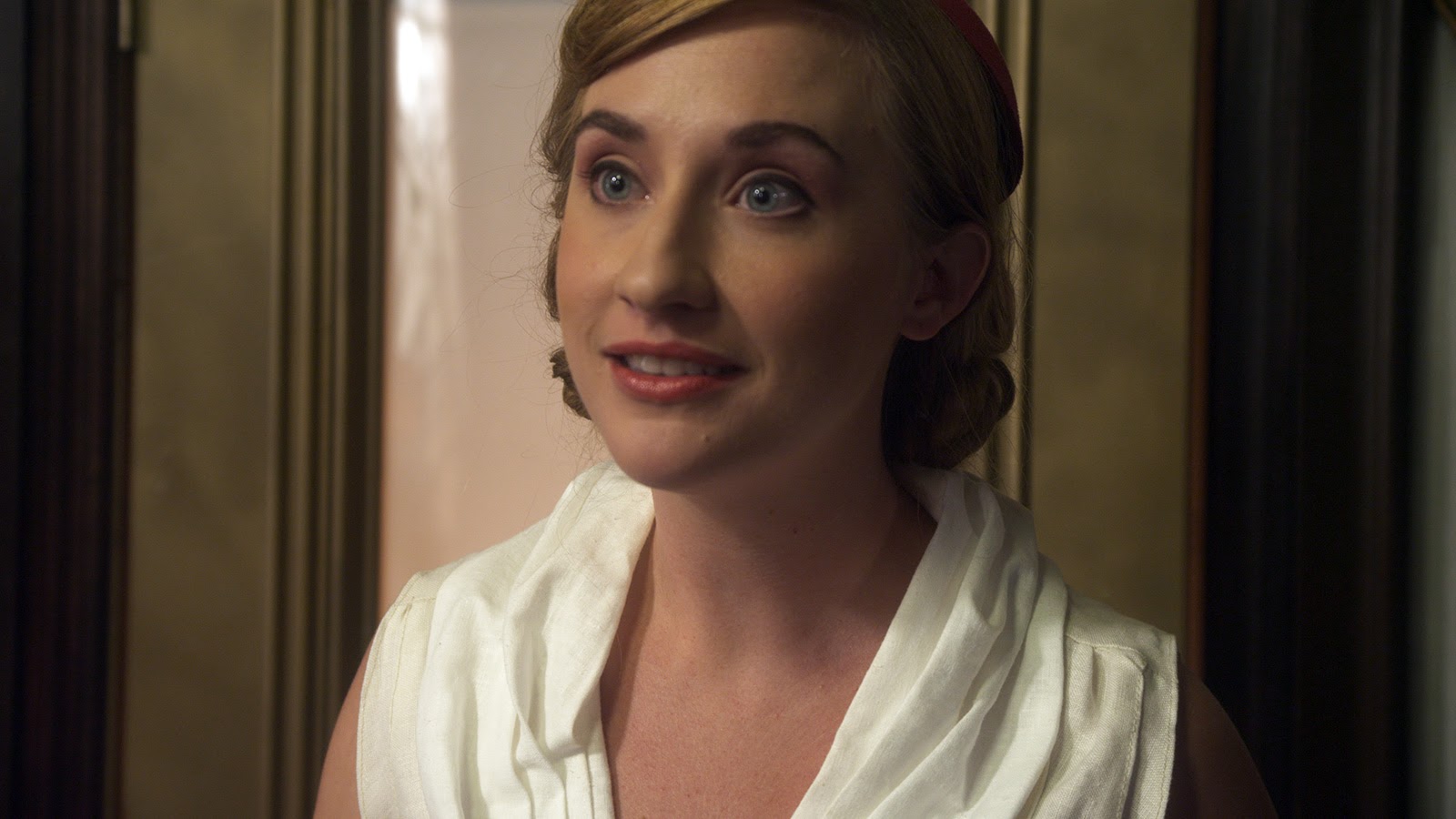
But today we’re focusing on Beau’s daughter, Emily Bridges, whose Acting: The First Six Lessons, marks her feature directorial debut. What’s notable is the entirely modern workflow used to bring a book that’s been handed down through generations of the Bridges family to the screen.
New York-based Semkhor Productions, headed by Frame.io enthusiast and ambassador David Shapiro, worked closely with Emily and Beau to bring this project to life.
Based on the 1933 book by Richard Boleslavsky, it’s essentially structured around six mini-dramas that serve as lessons for acting and for living. Beau plays the Teacher and Emily, his student, is the Creature. “My father was very active in Michael Chekhov’s Actors Studio, and the book was a meaningful part of his training,” Beau says. “My dad gave it to me when I was 16, and also to my brother and my sister. I gave it to all my kids, and they all seemed to enjoy it.”

“During my senior year at Fordham University, the book re-emerged in a class I was taking,” Emily explains. “After I graduated and went back to California, my dad and I started working together to turn it into a two-person play. We workshopped it at Theatre West in Los Angeles and performed it in 2011 there and in a few other locations.”
Meanwhile, David had built a large production studio in Sarasota in connection with the Ringling College of Art and Design. During his time there, he created a speaker series and invited Beau to conduct a masters class on directing. David asked Beau if he had any projects he might like to develop, and Beau shared the script for the play with him.
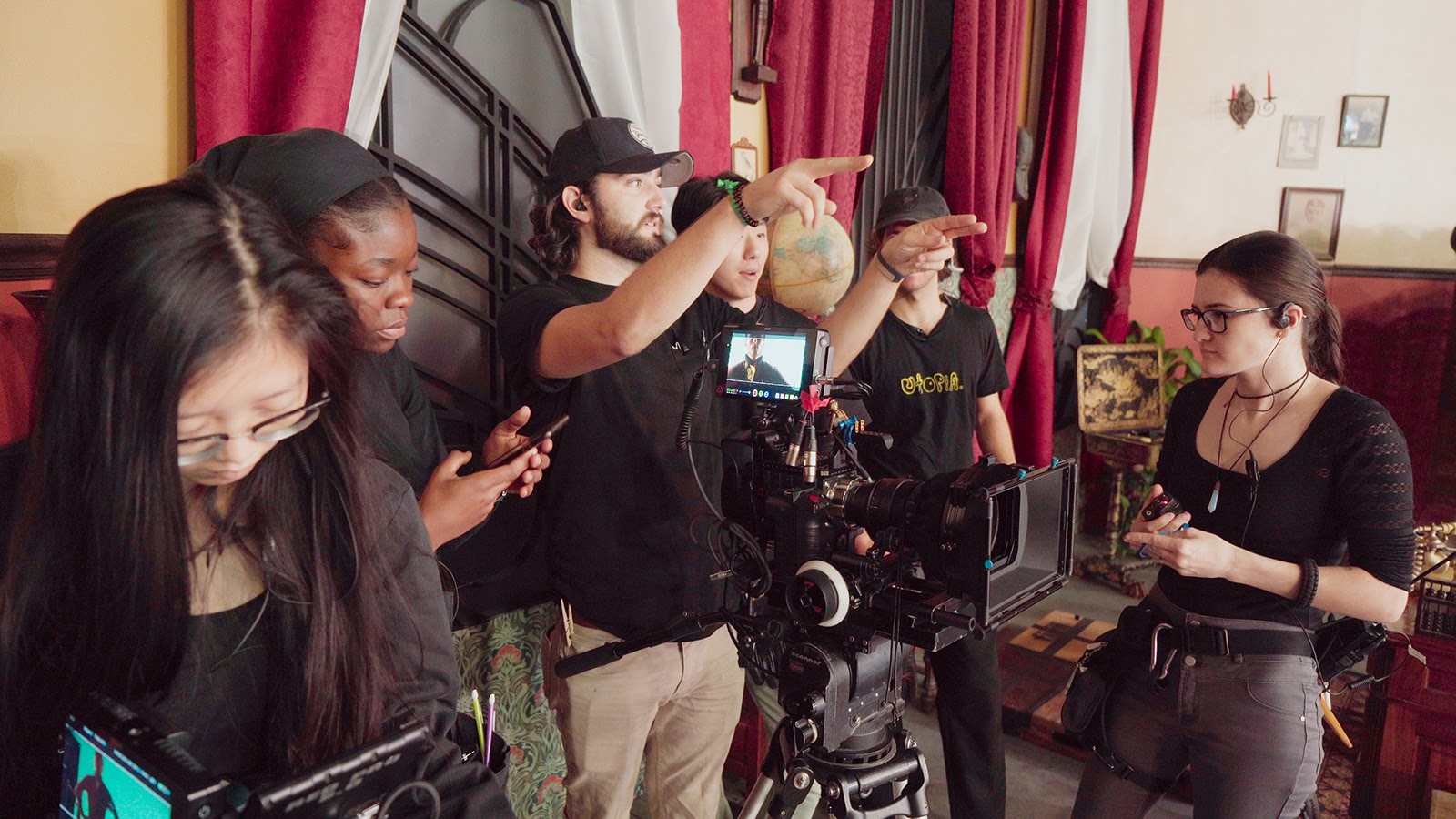
It was David who came up with the idea to turn it into a film that could include the whole Bridges family, combining the lessons with their real lives. “You have all of us talking about the importance of the book in our family,” Beau says, “and you get a real feel for the impact it’s had on us creatively and as a family.”
In addition to Emily directing, Beau’s son Casey, a documentary filmmaker, shared producing duties and shot the interview segments. “As a family, we’ve collaborated about 100 times in some way or another. We really love doing it. So we’re all pretty relaxed, just a family talking, and it has a unique kind of quality to it,” Beau says.
A next-gen workflow
The crew included the Semkhor team, along with film students from Ringling College, one of several schools from which David helps place students on professional productions so they get real-world experience.
The many creatives involved in this production spanned the continental U.S. — Emily and Beau were in Los Angeles during pre-production and post, the editors were in Florida, and the sound designers (Gigantic Studios) in New York. “We really started this as a high-tech, long-distance project,” Emily says. “We did all of the pre-production remotely and didn’t even meet anyone until we showed up for the shoot.”
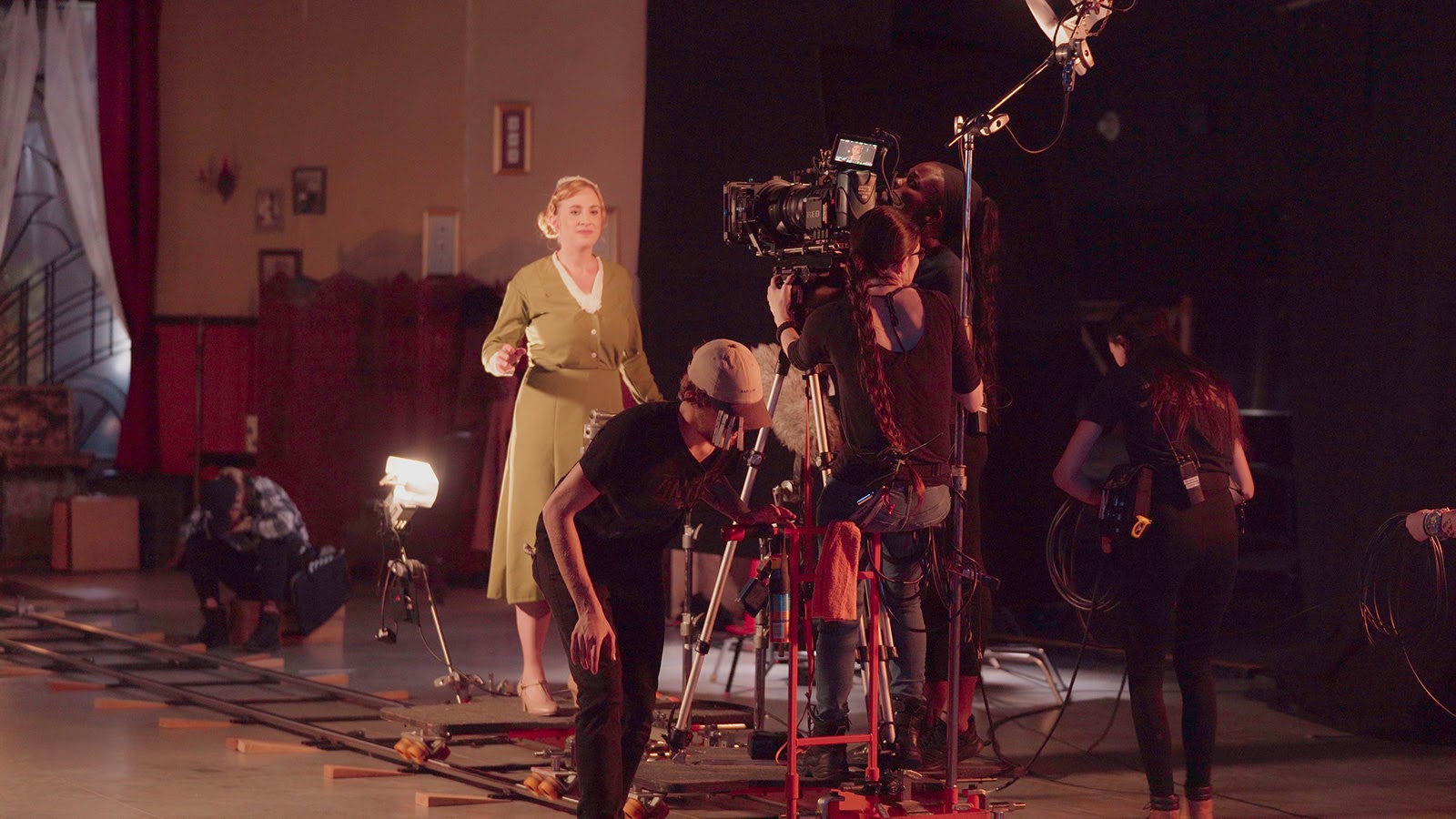
The film was clearly a passion project for Emily and Beau but it’s also a passion project for David. “We specialize in developing and producing content in partnership with recognized filmmakers,” he says.
“We look for smaller, artistic pieces and work to realize the vision of the creator on a budget.” It was, in fact, the collaboration on this film that moved Semkhor into “fully remote development and production.”
With an ultra-lean budget of approximately $250,000, principal photography was accomplished in a brisk twelve-day shoot in July of 2019 that even included green screen setups for VFX. The scripted story footage was intended to be combined with new interview footage and archival footage of the Bridges family, as well.
Given the budgetary constraints, the physical distance between the key contributors, and the low margin for error, it was essential for everyone to communicate unambiguously so that they could stay in sync.
The team conceived a well thought out hybrid-cloud process that set them up for a smooth end-to-end workflow, using Frame.io throughout. By the time COVID forced social distancing when they were in post, the team had become fully adept at using Frame.io and were able to easily carry on without any difficulties.
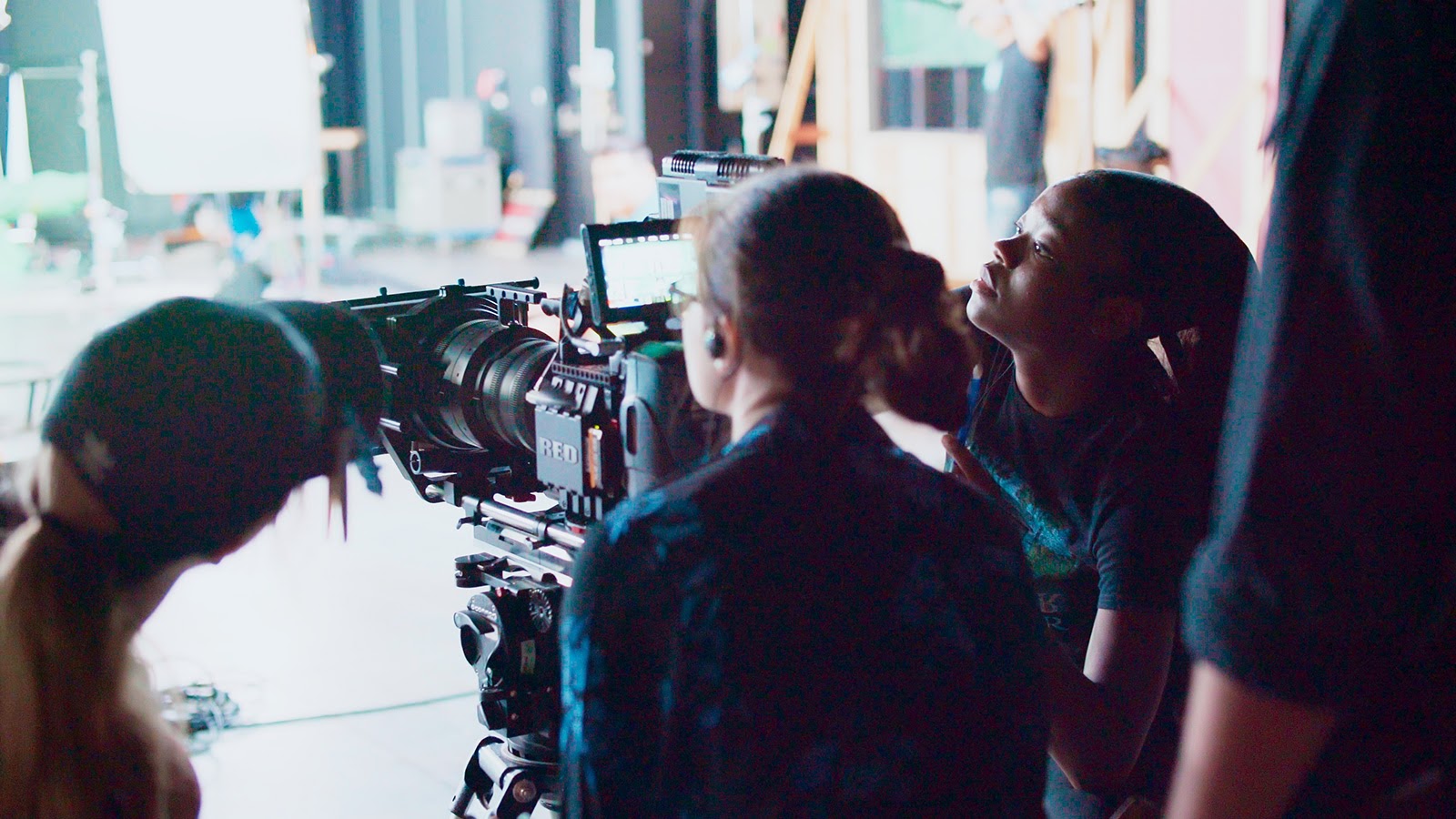
The scripted footage was shot on a RED Dragon in 5K and a RED Scarlet in 4K. Family interviews were done with a multi-cam setup using an ARRI Alexa, a Canon EOS 5D Mark IV and EOS 1DX Mark II, and a Sony a7s II.
The original camera files were loaded into Resolve, where they synced sound and applied a generic Rec. 709 LUT. Then, they created 720p proxies that were uploaded to Frame.io, and were also downloaded from Frame.io to a Lumaforge JellyFish. This allowed the editorial staff to work together, using three separate machines running Adobe Premiere Pro, and to access the media over a 10Gbps Ethernet connection.
They cut on one 2017 Mac mini with 6 cores and 32GB of RAM, and two 15″ MacBook Pros, each with an i7 quad-core chip and 16GB of RAM. The laptops were connected to the Jellyfish with 10G to Thunderbolt 2 adapters, and the Mac mini had its own 10Gbps port. Three master drive copies existed: the first in the Jellyfish, the second in a 48TB Raid 5 array nicknamed “the Arc,” and the third on a G-Drive HDD that was hand-delivered to the VFX shop so they could pull what they needed directly from the R3D RAW media.
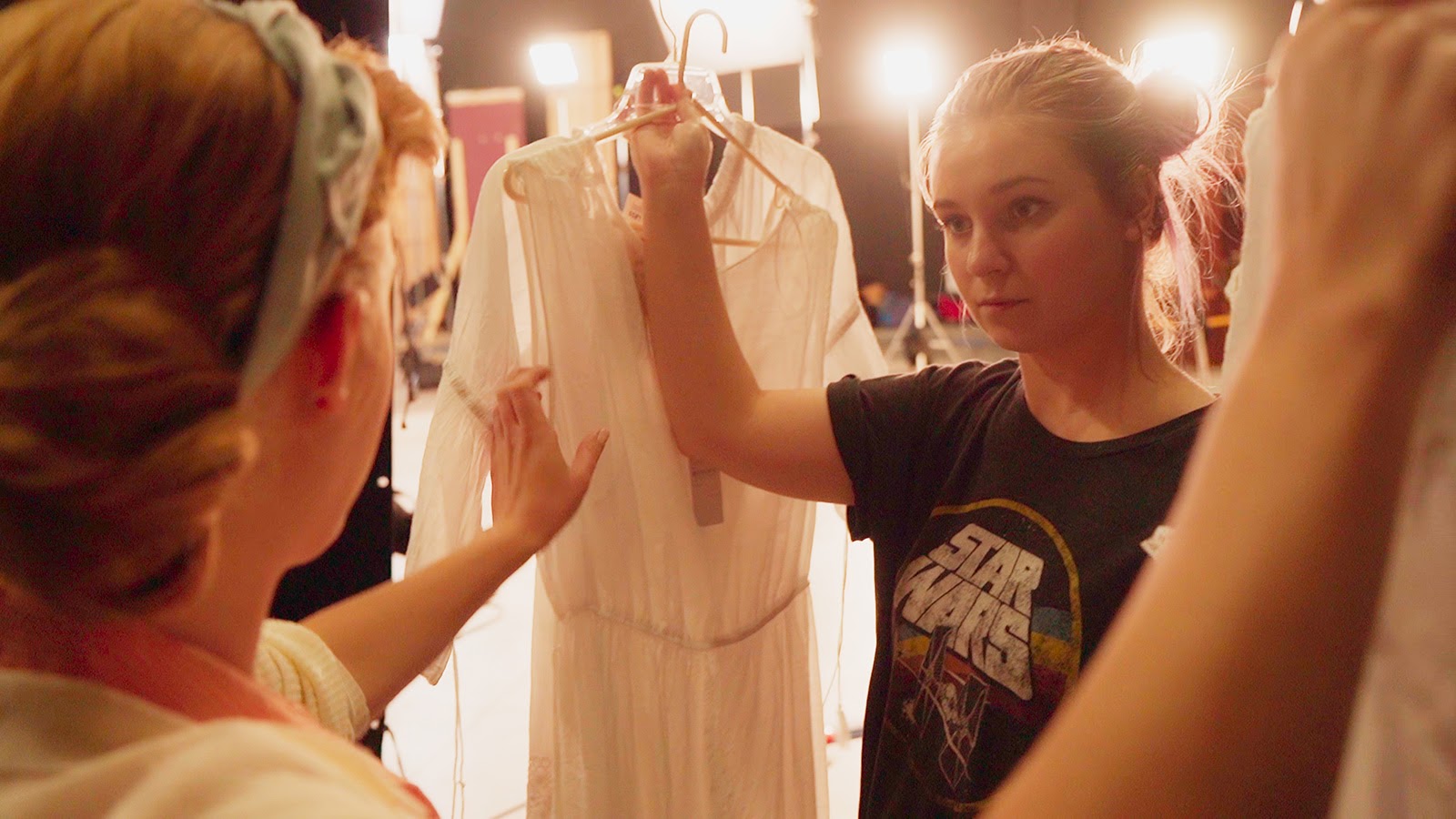
Once the media was uploaded to Frame.io, Emily was able to note her select takes so the editors could begin building the sequences. Throughout the editorial process, Emily, Beau, the producers, and all the post-production collaborators monitored the progress and left detailed comments on each version as they honed the cut.
“I’m a woman of my generation and feel comfortable with technology, but I’m not a coder or developer,” Emily says. “Frame.io was really, really easy and user friendly, and it was phenomenal for me because it allowed me to pore over huge amounts of dailies to find the perfect moments—and then just be able to note that right on the footage. Had that not been available to me, I have no idea how we would have done this.”
Films with smaller budgets don’t always have the ability to do significant VFX, but, David says,” Frame.io has allowed an incredibly creative and rapid method of exploring VFX approaches, which is what enables Semkhor to offer high-end VFX to smaller films.”
Because the team carefully planned their VFX needs in pre-production, they were able to complete approximately 90 shots. According to David, “We did extensive pre-production sketches and renders, storyboards, and animatics—both animated and still images—and shared them through Frame.io.
“At picture lock, they rendered a final reel of the VFX shots with the clip names, timecode, and frame numbers burned in so the VFX team could confirm the sections and durations they needed to work with. The majority of the effects included green-screen replacements for environments, with period-specific New York City Central Park and Empire State Building views.
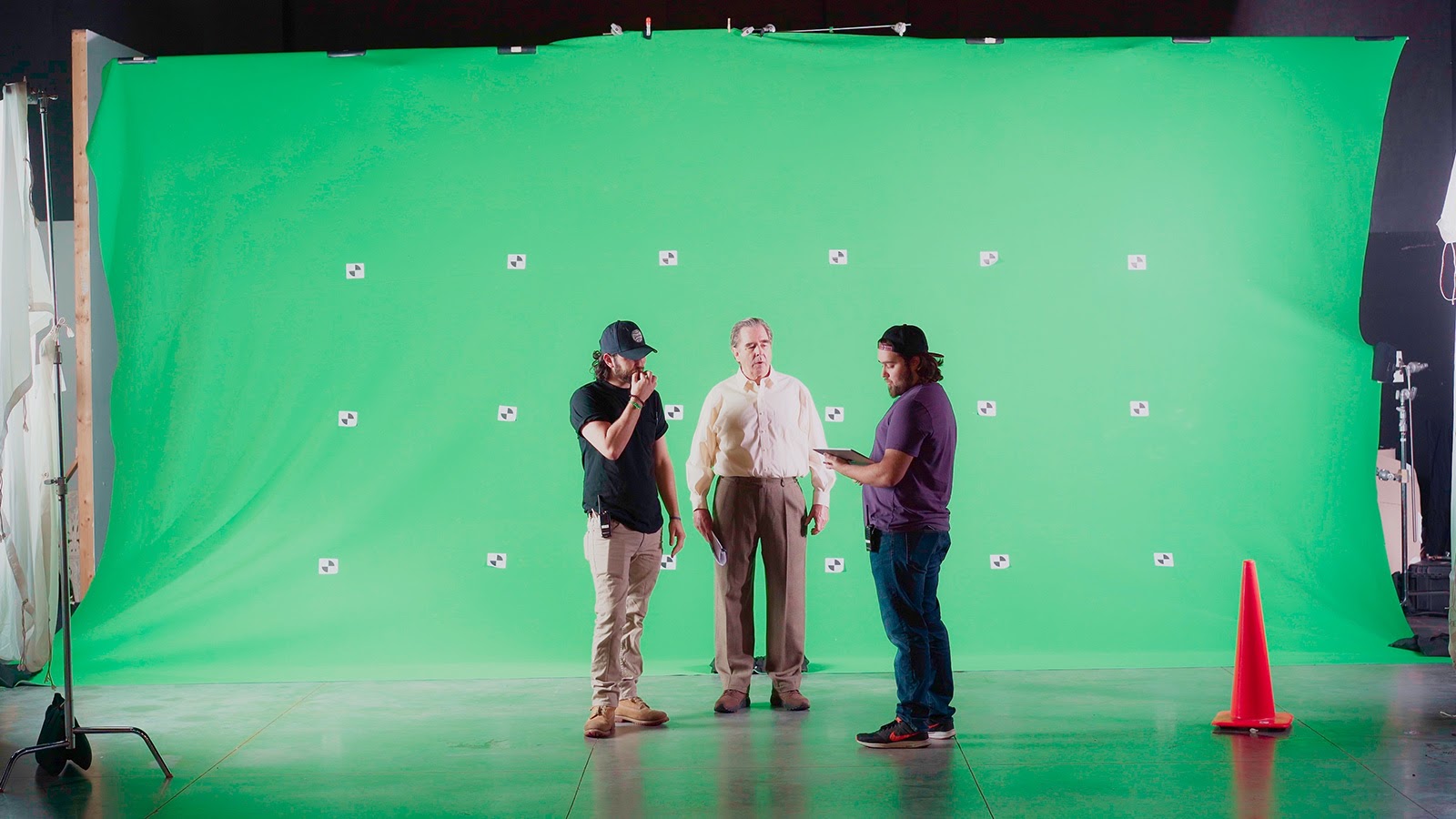
They also did approximately 30 shots that required extensions to the sound-stage practical set. “Frame.io reshaped Semkhor’s VFX pipeline and process, becoming the central pillar for quick access to assets, team feedback, and final approval. Jumping back to consult previous versions of VFX work via the intuitive version stacking is user-interface and accessibility at its best,” David says.
For conforming, they downloaded an XML from Premiere and brought the project back into Resolve to relink to the original camera files. The grading session will be done site-to-site, with the colorist in St. Petersburg, FL, creating 1080p ProRes LT media that they’ll post on Frame.io so Emily can download it to her system to participate in the grading process from LA.
They also created four-channel audio .wav files with a reference video for the sound design, and used Pro Tools to mix the sync sound, narration, sound effects, and music to create a 5.1 surround sound master.
A new way of creating
The way this film came together was eye-opening for all the creators, including 78-year-old Beau, who worked very differently during his career. “I’m not a tech guy, but Frame.io is so fascinating,” he says. “We used to all sit together in the editing room, but I see how Emily is working with Rich [Roddman] our editor, and they’re doing great.”
“We’ve all been on different schedules and in different time zones, and it’s amazing because we actually have a kind of spontaneity and connection,” Emily says. “We can just text each other and jump on a call when the inspiration strikes. You don’t have to sit in traffic to be together. You can just have a quick call and all be on the same page.”

“I’m not really sure how big blockbuster movies are really going to be done in the future with COVID,” Beau says. “But this experience makes me think that there’s going to be a lot of room for projects that are more personal, that can be done with a different kind of approach to production.”
Semkhor’s focus is on producing high-quality projects on a lower budget, and they’re already at work on new passion projects with several acclaimed filmmakers.
Frame.io removes the problem of vague and ambiguous feedback notes via emails or phone calls.
According to David, before Semkhor started using Frame.io, his teams had to selectively render assets for review with specific, web-friendly codecs and formats, depending upon which platform and OS the client was viewing on. “Phones, tablets, Mac, PC—and different browser functionality from Safari to Chrome to Firefox—all contributed to numerous compatibility issues. Frame.io solved these issues. But beyond that, we’re starting to focus less on the tech and instead, it’s becoming a real tool to enable creativity,” he says.
“Frame.io removes the problem of vague and ambiguous feedback notes via emails or phone calls. Being able to leave clear and specific notes and instructions, viewable by the entire global team, saves us an incredible amount of time and effort.”
As cloud-enabled workflows take hold to become the new standard, the next generation of talented creatives are able to learn the craft from previous generations, while incorporating all the new tools into their workflows.
“If there’s one word to describe this film,” Emily says, “it’s that it’s kind of meta. You’ve got the relationship of the Teacher and the Creature, and the decades of being with my family that brought me here creatively. But then you’ve also got the young students working on the film and there was a mentorship process there—but I was also learning from them.”

“My dad used to tell me that when you go to work in this business, you join a much bigger family than the one you have,” Beau says. “You join the family of showbiz.”
One of Beau’s favorite quotes from Acting: The First Six Lessons is, “Acting is the life of the human soul receiving its birth through art.”
With creators like Emily, Beau, Casey, and David— and the many other filmmakers he works with—we hope that Frame.io can help enable artistic creation for generations to come.



